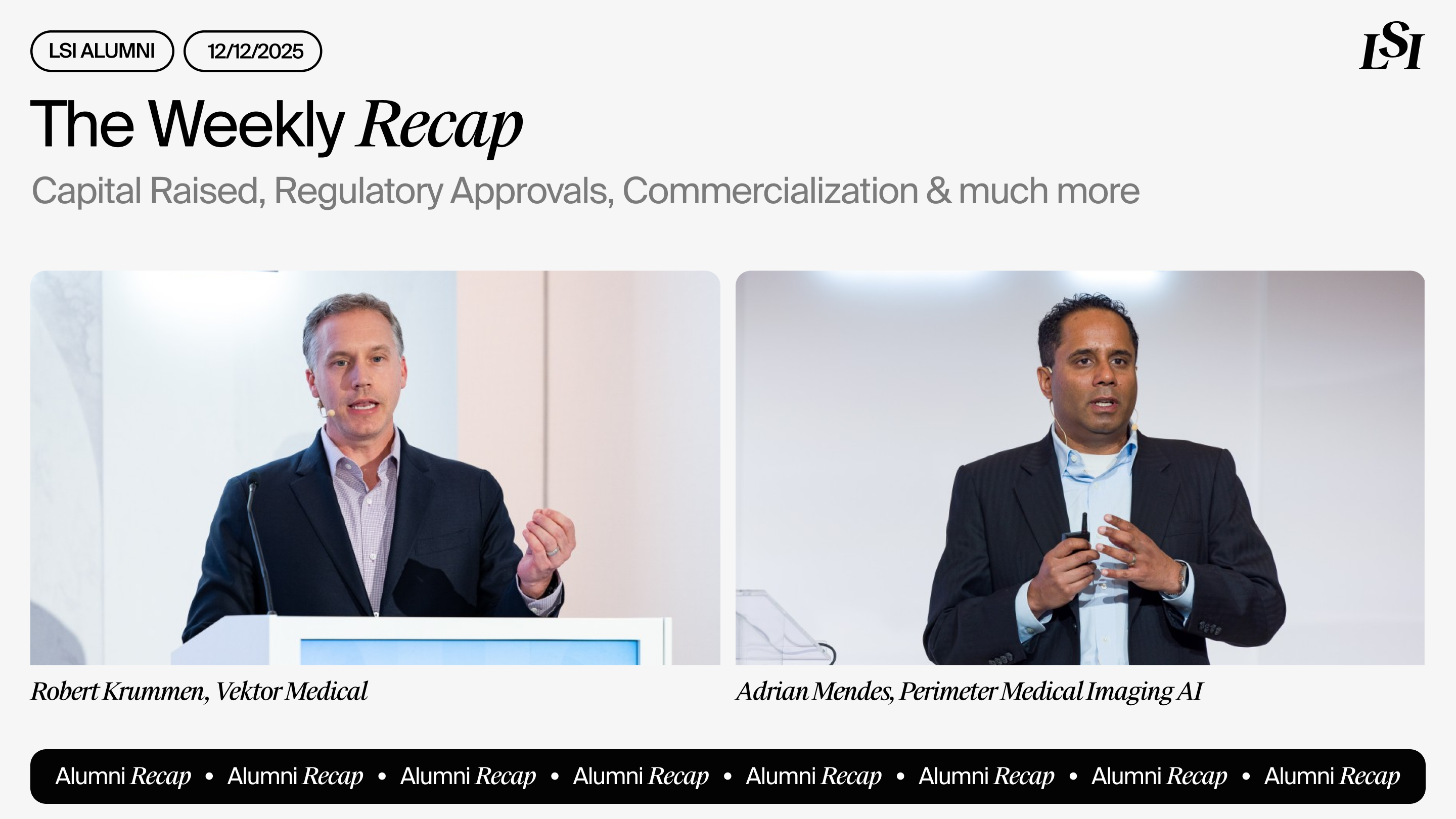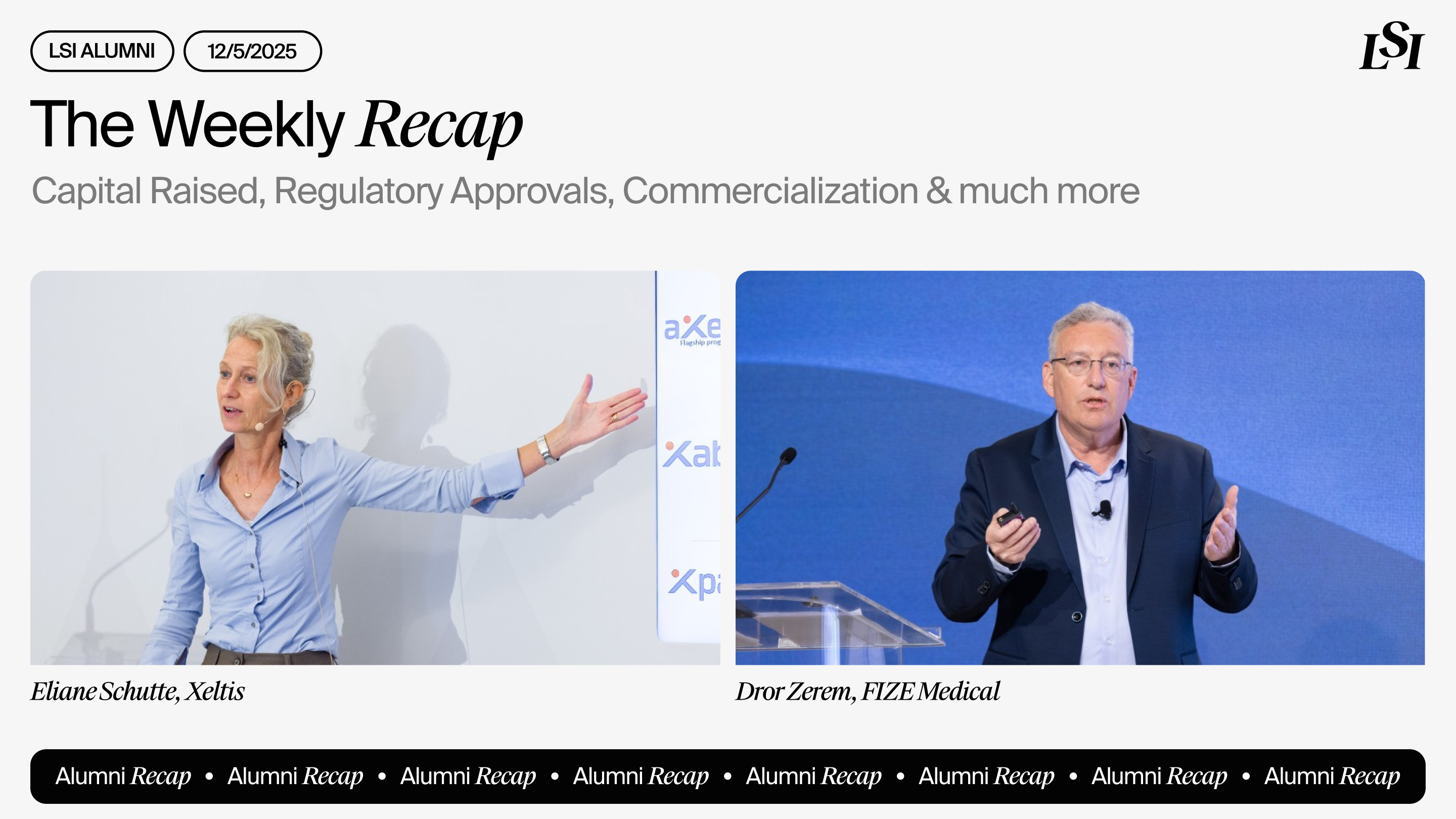
The Clinical Benefits of Medical Imaging Analysis Software
Medical imaging analysis is one of the fastest growing areas in healthcare technology. Multiple software programs now exist that leverage artificial intelligence (AI) in various ways to interpret imaging results. The extensive use of these technologies to prevent, diagnose, and treat medical conditions has created a vibrant marketplace. According to estimates by Life Science Intelligence (LSI), the global medical image analysis software market was valued at USD 2.95 billion in 2021, and is projected to increase at a CAGR of 7.7% by 2027.
Reasons for the Demand
According to the LSI research, there are several reasons behind the surging popularity of medical image analysis software. Demand is triggered by factors such as:
- The rising number of chronic disease patients,
- Increasing global geriatric populations,
- The need for faster validation of results,
- Higher adoption of 4D imaging techniques, and
- Reduced risk of less- and non-invasive screening.
Other factors driving the increased adoption of these technologies include Improved workflow methods, which save healthcare organizations both time and money, and the augmentation of a dwindling technician workforce that is not growing in line with the demand generated by demographic trends.
Disciplines making the most use of the new analysis methods include cardiology, urology, radiology, internal medicine, surgery, and oncology. The software is employed for viewing, training, storing, and sharing medical data and amplifies medical treatments' efficiency.
Types of Medical Imaging Analysis
Many medical image analysis programs focus on a particular imaging method, such as X-rays, CT scans, or MRI technology. Others specialize in one or more locations on the body. For example, some of the most exciting developments in this field include programs that identify the risks of heart attack and stroke and lung image analysis that detects anomalies in the respiratory system.
Other exciting applications currently in development include using software algorithms to detect brain tumors, identify fractures, determine lung injuries caused by chronic inhalation of agricultural herbicides, and distinguish pathological lesions in liver MRIs, lung MRIs, and mammograms.
Most programs include functionality such as integration with electronic health records (EHRs), data storage and transfer, and comprehensive reporting. As helpful as all these features are, can healthcare institutions gain real clinical benefits by implementing any of these applications, or are the advantages merely "nice to have?"
Clinical Benefits of Medical Imaging Analysis Software
The latest generation of medical imaging software uses AI and machine learning to help clinicians interpret digital images. These capabilities permit them to solve an array of medical industry challenges, many of which offer quantifiable advantages for both patients and providers. Some of the top clinical benefits are:
Better Diagnostic Capabilities
Studies show that AI-supported technology delivers a 97% to 99% accuracy rate. Clinicians can customize detectable findings and their visualization methods according to the user's clinical environment, providing higher accuracy than was previously available. Physicians can deliver correct diagnoses, which avoids the performance of unnecessary procedures and treatments.
Earlier Intervention Opportunities
Using AI to analyze medical images results in a shorter turnaround time. The software increases workflow efficiency, which lowers total analytics time by up to 34%. This delivers faster insights and enables clinicians to detect and diagnose diseases quicker instead of incurring long wait times for test results. Earlier diagnosis permits earlier medical interventions, resulting in better patient outcomes.
Improved Resource Utilization
The use of purpose-built software for managing medical imaging data enables it to be organized, cleaned, processed, stored, and transferred efficiently. Machine learning and pattern recognition algorithms reduce the human and financial resources needed to manage the data, resulting in fewer human errors, lower costs, and faster insights. In addition, AI capabilities help medical practitioners identify potential patient risks automatically.
Enhanced Precision Medicine
Patients with complex chronic disorders, rare genetic diseases, and some cancers benefit from precision or personalized medicine. When AI is leveraged to analyze medical imaging data, it can detect patterns at the patient's genetic, biochemical, physiological, exposure, and behavioral levels.
The resulting insights determine the disease's processes, identify the best personalized treatment options, and anticipate the patient's response to care.
Superior Triage Techniques
In times of medical crisis or overwhelming numbers of patients, the ability to triage effectively is critical for successful care delivery. Deploying AI-powered software to analyze medical images in seconds with minimal resources and high accuracy levels allows emergency personnel to prioritize cases according to their severity and risk, identify recommended treatments, and use analytics to predict potential outcomes.
Upgraded Storage and Security
Healthcare records contain a wealth of financial and personal information, making them a valuable commodity on the dark web. Remediation costs for healthcare breaches are also substantial, so upgraded data storage and security are paramount for an organization's success.
Medical imaging analysis software gives providers immediate access to patient data while safeguarding against breaches. Sophisticated, HIPAA-compliant solutions ensure confidentiality through robust access management and best cyber security practices.
A Potential Scenario
Reviewing medical information manually takes clinicians an inordinate amount of time, during which a patient's condition could worsen dramatically. For example, when a physician is required to make a diagnosis for a patient presenting with chest pain, the information essential for a clinical decision includes:
- A cardiac exam with visual details, preferably with both prior and current images
- Medical history
- Prescription drug history
- Surgical records
- Laboratory results
AI-based software that analyzes medical images instantaneously and integrates with the EHR can collate the information and offer suggested diagnoses and treatment recommendations in minutes. The provider can act immediately with high confidence in the accuracy of his decision. The patient can receive care without wasted time or resources.
The Final Analysis
Employing AI-driven software to analyze and interpret medical images offers the healthcare industry a remarkable opportunity to shorten the time to care for patients and reduce global healthcare expenditure by a sizeable portion. It's an opportunity we shouldn't pass up, and now that COVID-19 is slowing, we should optimize new technological initiatives before the next crisis rears its head.

Schedule an exploratory call
Request Info17011 Beach Blvd, Suite 500 Huntington Beach, CA 92647
714-847-3540© 2025 Life Science Intelligence, Inc., All Rights Reserved. | Privacy Policy










